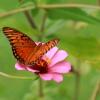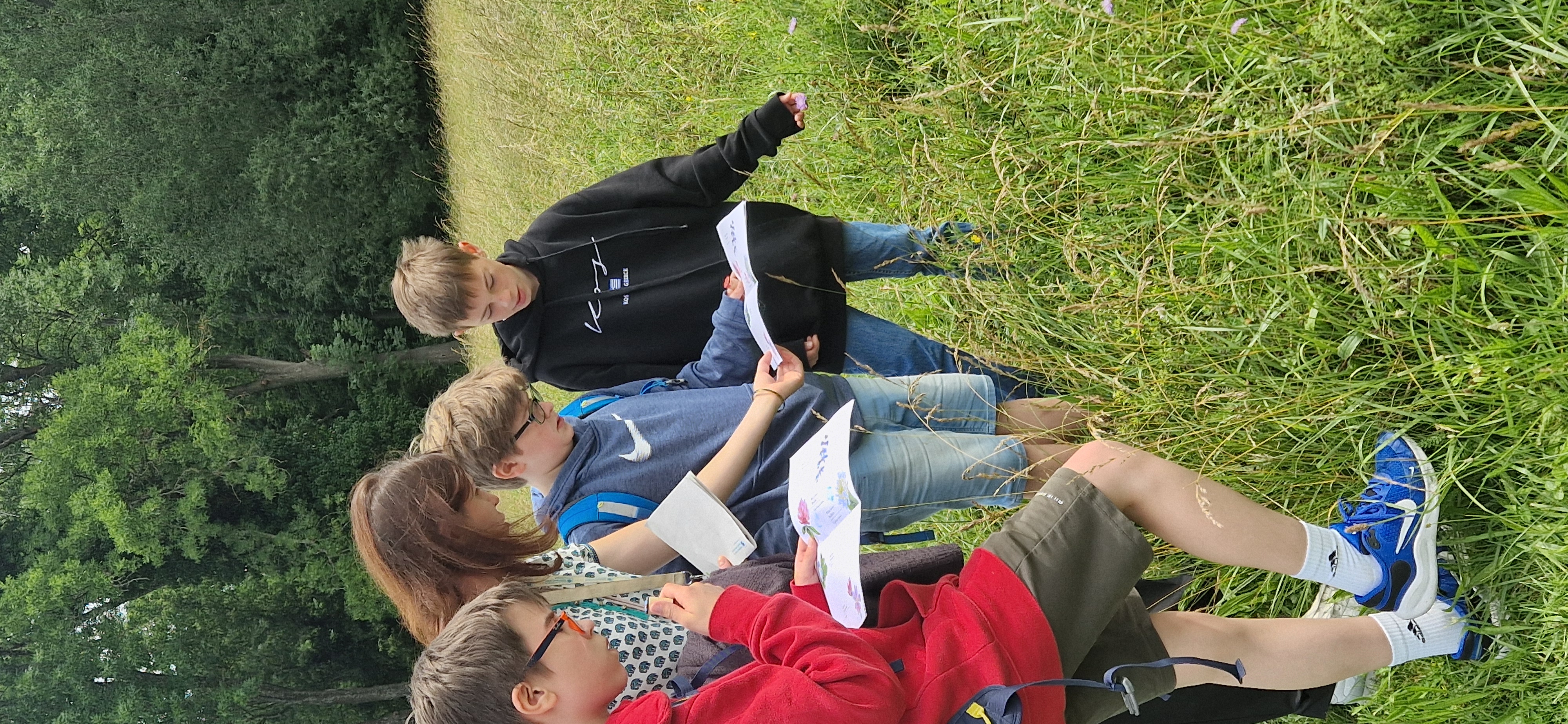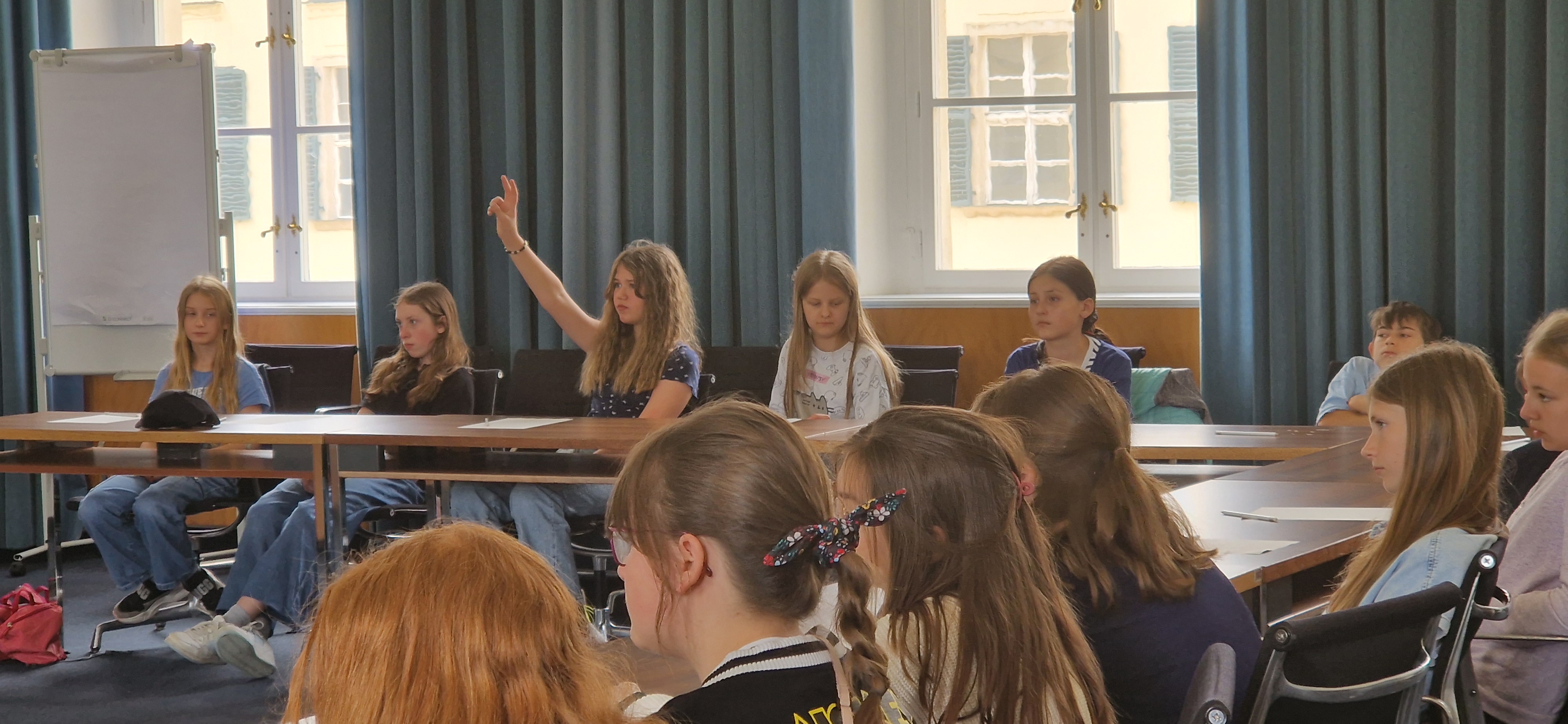
IIASA researchers Silvia Artuso and Juliette Martin reflect on a recent workshop presented at the Institute as part of the IIASA School Engagement Initiative, during which they introduced students to systems analysis and took them on an adventure to explore the amazing biodiversity of Laxenburg park.
Children on a biodiversity treasure hunt in Laxenburg Park.
Why is biodiversity important and why is it essential to keeping ecosystems healthy? How does climate change come into the picture? What can we do to protect this complex web of interactions and interdependencies? What do your Velcro sneaker straps have to do with any of the above?
These were just some of the questions that a class of 6th grade students from the Goethe Gymnasium in Vienna were able to dive into with the help of three IIASA researchers Silvia Artuso, Juliette Martin, and Xiran Dong during a half-day workshop that took place at the IIASA premises on 11 June. The workshop was part of IIASA’s School Engagement Initiative. So far, almost 300 high school students have ventured through the old wooden doors of the former Habsburg castle in Laxenburg where the Institute is located to learn more about IIASA's research and the complexity of the natural and social world they live in.
After an introduction to IIASA research, systems thinking, and its relation to biodiversity, students had the opportunity to explore the rich biodiversity of Laxenburg park while on a species treasure hunt. Some of the highlights of this little adventure included finding a freshly hatched bird’s egg and witnessing the breathtaking take off of a grey heron that soared above everyone’s heads.
For us as researchers, it is always a humbling experience to speak to a young crowd – to learn what they wish for their future and the planet, and what gets them excited about nature. It is essential that we think about how complex science can be communicated to the younger generation and what effect this information has on them. We really enjoyed being asked questions out of pure curiosity and willingness to learn. Yes, science needs to be critical – but sometimes we tend to overdo it. It’s refreshing to have an exchange about biodiversity without having to worry about knowing about all the latest studies and controversies, or having to defend a position.
It was also really heartening to see the students’ genuine enthusiasm for science and nature. Our hope is that these types of initiatives will not only make science more accessible and bring school students closer to science, but also make them excited about and hopeful for the future. Our goal was to show them that there are people thinking about these problems and trying to do something for the earth, the climate, and the environment.
We look forward to welcoming many more students to IIASA in the future and sharing the work we do here with them, while also learning from them in the process.
Note: This article gives the views of the authors, and not the position of the IIASA blog, nor of the International Institute for Applied Systems Analysis.

